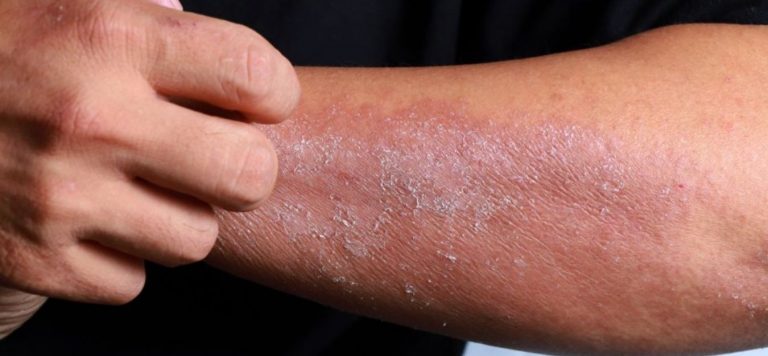Asthma Attack Action Plan
Asthma flare-ups, also known as asthma attacks or exacerbations, occur when the airways in the lungs become narrowed and inflamed, making it difficult for a person to breathe. Asthma is a chronic respiratory condition that affects millions of people worldwide, and flare-ups can be triggered by a variety of factors, such as allergies, exercise, infections or exposure to irritants like smoke or air pollution.
During an asthma flare-up, a person may experience symptoms such as wheezing, coughing, shortness of breath, chest tightness or pain and difficulty speaking. These symptoms can range from mild to severe and may last for minutes or even hours.
How Can You Treat Asthma Flare-ups?
The treatment of an asthma flare-up depends on the severity of the symptoms. Mild flare-ups can sometimes be managed at home with the use of quick-relief medications, while more severe flare-ups may require emergency medical attention. Here are some general steps that can be taken to treat an asthma flare-up:
Use Quick-relief Medications
Quick-relief medications, also known as rescue or reliever medications, are used to relieve asthma symptoms during a flare-up quickly. The most common quick-relief medications are short-acting beta-agonists (SABAs), such as albuterol. These medications work by relaxing the muscles around the airways, making it easier to breathe. They are usually inhaled through a metered-dose inhaler (MDI) or a nebulizer.
Follow an Asthma Action Plan
If you have been diagnosed with asthma, it is important to have an asthma action plan, which is a written plan that outlines the steps to take when you experience a flare-up. Your asthma action plan should include information on how to use your medications when to seek medical attention and how to manage your symptoms.
Seek medical attention
If your symptoms are severe or do not improve with quick-relief medications, seek medical attention immediately. You may be given additional medications in the emergency room, such as oral steroids or intravenous (IV) medications, to help relieve your symptoms.
Manage your Asthma Long-term
To prevent future flare-ups, it is important to manage your asthma daily. This may involve using long-term control medications, such as inhaled corticosteroids, to prevent inflammation in the airways, monitoring your symptoms and following up regularly with your healthcare provider.
How can you Avoid Asthma Flare-ups?
Here are the ways to avoid asthma flare-ups:
Avoid Triggers
Identify and avoid triggers that can cause an asthma flare-up. Common triggers include allergens (such as pollen, dust mites and pet dander), air pollution, cold air, exercise and respiratory infections.
Take Medications as Prescribed
Follow your asthma action plan and take medications as prescribed by your healthcare provider. This may include quick-relief medications to use during a flare-up, as well as long-term control medications to manage symptoms.
Maintain Good Indoor Air Quality
Keep your home clean and free of dust, mold and other allergens. Use an air purifier and make sure your heating and cooling systems are well-maintained.
Avoid Smoking and Secondhand Smoke
Smoking and exposure to secondhand smoke can trigger asthma symptoms. If you smoke, quit. If others in your household smoke, ask them to smoke outside or quit.
Manage Stress
Stress can be a trigger for asthma symptoms. Find healthy ways to manage stress, such as exercise, relaxation techniques or talking to a therapist.
Get Vaccinated
Respiratory infections can trigger asthma flare-ups. Get vaccinated against the flu and pneumonia to reduce your risk of getting sick.
Monitor your Symptoms
Keep track of your asthma symptoms and follow up with your healthcare provider if you notice any changes or are not well-controlled.
When to Bring Yourself to the Emergency Room?
Here are some signs that you should go to the emergency room:
- If you have difficulty breathing, feel like you can't catch your breath or your breathing is rapid or shallow.
- Chest pain or tightness.
- If your lips or fingers turn blue or gray, it may indicate that you are not getting enough oxygen and need medical help immediately.
- If you are unable to speak in full sentences or if your speech is interrupted by gasping or wheezing.
- If you've used your quick-relief inhaler and your symptoms have not improved or they have worsened.
- If your symptoms are rapidly worsening or you are feeling progressively worse.

